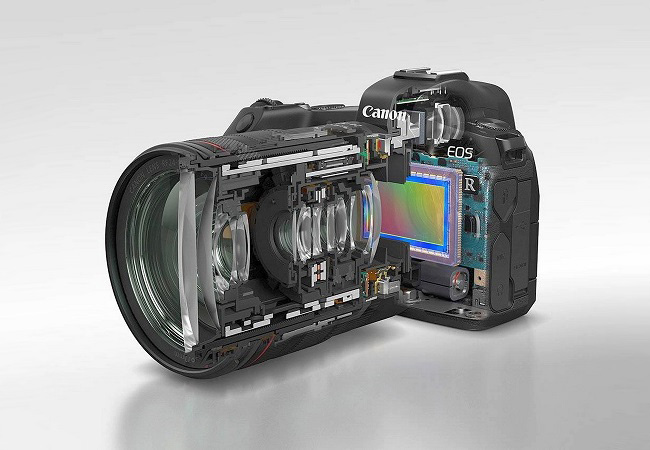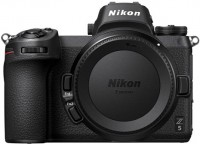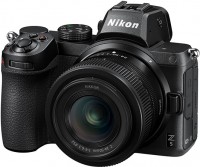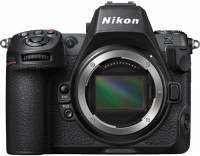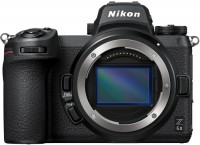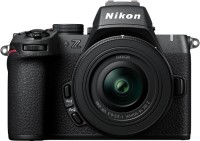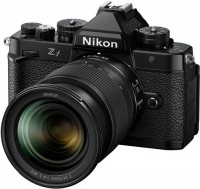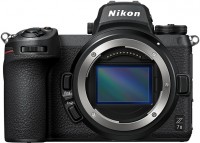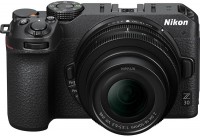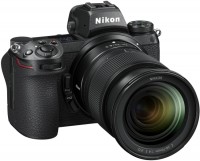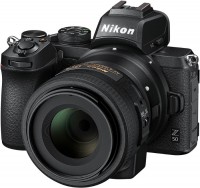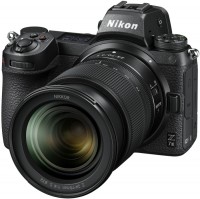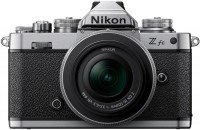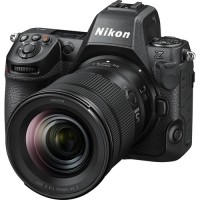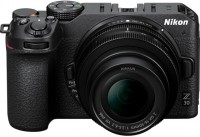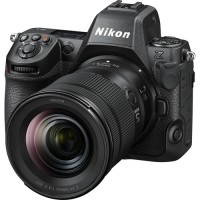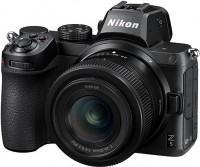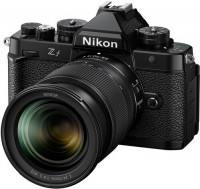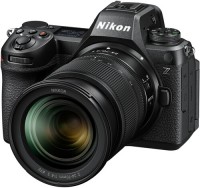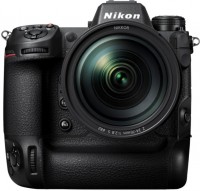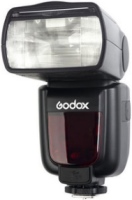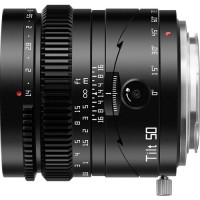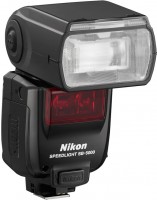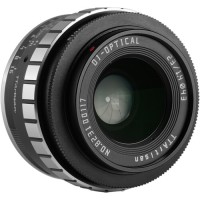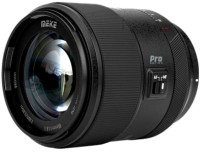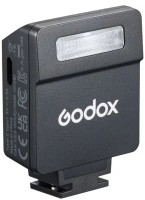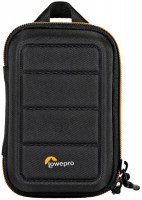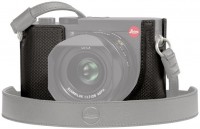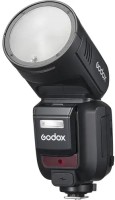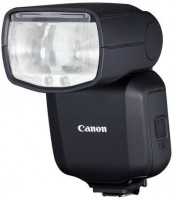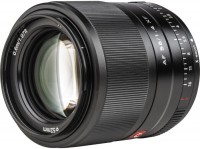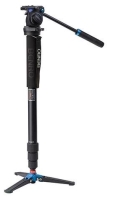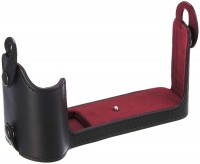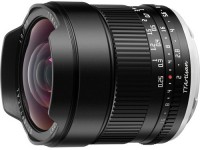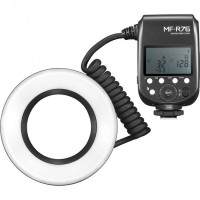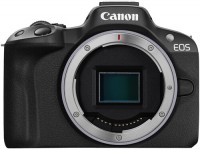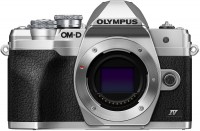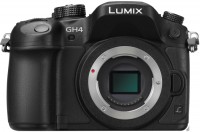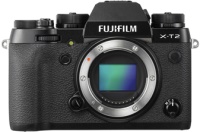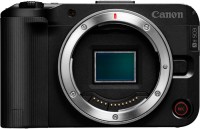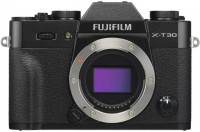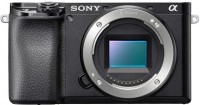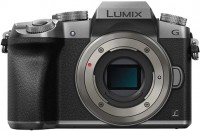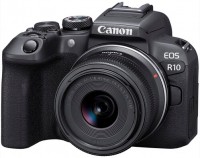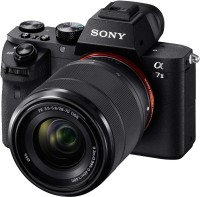Nikon Z6 body (VOA020AE)
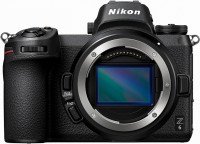 |
Nikon's debut in the full-frame mirrorless league was marked by the release of a pair of Z6 and Z7 cameras in the late summer of 2018. The youngest model in the series is equipped with a full-frame CMOS-matrix with a resolution of 24.5 MP, the sensitivity range of which is 100-51200 ISO units (in standard mode). The hybrid focus system on board the camera has 273 focus points covering the entire field of the frame.
With sequential autofocus photography, the Nikon Z6 body accelerates to 12 fps. If you plan to get 14-bit RAW files at the output, the camera's rate of fire drops to 9 fps, which is also a very serious argument in favor of the reporter qualities of a mirrorless camera. Video recording is supported on the camera in 4K resolution at 30 fps, as well as in FullHD format with a high frame rate of 120 fps. A 5-axis matrix stabilization system is put on guard for the smoothness of the video sequence and the clarity of the photos. The model is dressed in a dust- and moisture-resistant magnesium alloy body, and its retrofitting includes an electronic viewfinder with a resolution of 3.69 million dots and a 3-inch diagonal touchscreen rotary display.
|
| ||||||||||||||||||||||||||||||||||||||||||||||||||||||||||||||||||||||||||||||||||||||||||||||||||||||||||||||||||||||||||||||||||||||||||||||||||||||||||||||||||||||||
Always clarify the specifications and configuration of the product with the online store manager before purchasing.
Catalog Nikon 2025 - new arrivals, bestsellers, and the most relevant models Nikon.
The “sharks” of the photographic industry, represented by Nikon and Canon, delayed the moment of transition to mirrorless rails until the last. But in order not to stay at the empty platform, in 2018 they nevertheless jumped on the departing train and showed the world their vision of full-frame cameras without a bulky mirror in the design.
Reporting qualities
The first pancake of the "Nikonists" in the new arena turned out to be not lumpy. The full frame Nikon Z6 has practically no weak points, which is what captivates a lot of photo enthusiasts along with professional photographers. At the head of the camera is a 24 MP matrix with a standard ISO range of 100-51200 units. The performance image processor EXPEED 5A also rules the ball here, providing a rate of fire of 12 fps (or 9 fps if you want to get 14-bit RAW files at the output). The only “but” is saving the footage exclusively on exotic XQD format cards.
5-axis stabilization
Hybrid autofocus in the arsenal of the model uses a 273-point focus system. Focus sensors quickly lock on to the target and guide it without losing sight, even in the most dynamic scenes. Videos are recorded on a mirrorless camera in resolutions up to 4K with a frame rate of 30 fps. Their smoothness is guarded by a 5-axis matrix stub, it is also worth noting that when shooting a video, information is read from the entire area of the camera's image sensor.
Screen trio
A trinity of screens gives more comfort when handling a mirrorless camera: an electronic viewfinder window, a touch screen on a swivel hinge, and an auxiliary monochrome screen on the top of the camera. It is also possible to delete remotely from the "attached" smartphone using the camera functions. To complete the picture, the system needs to improve its battery life (the current 330 frames on one "refueling" of battery tanks are no good) and increase the fleet of "native" optics. However, even without these points of the Nikon Z6 programme, any Nikonist will like it.

